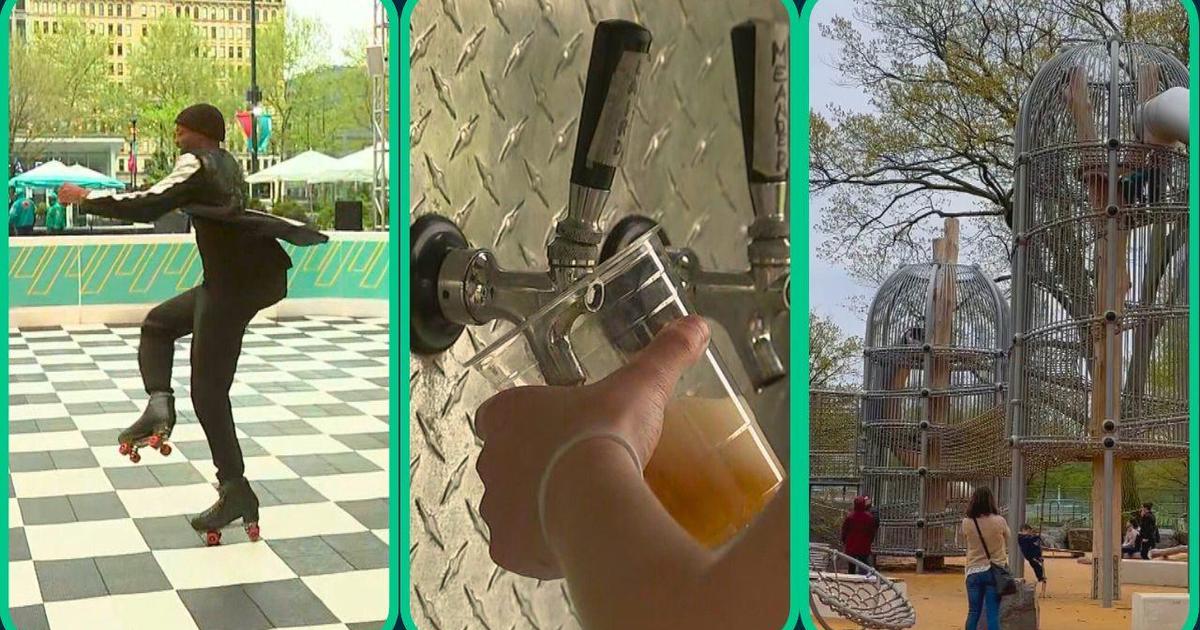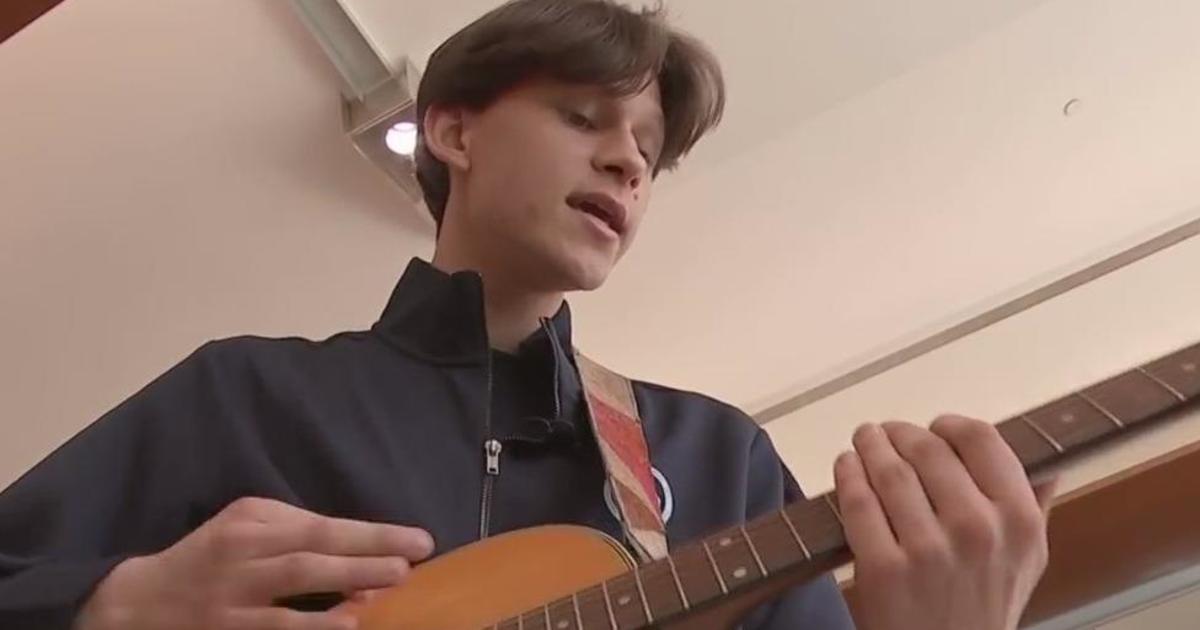Washington's Wartime 'Oval Office' Getting Remade For Philadelphia Museum
PHILADELPHIA (AP) - A large canvas tent that served as George Washington's home and command center during the Revolutionary War is being duplicated down to the finest stitch and will serve as an educational tool and ambassador for a new museum coming to Philadelphia's historic district.
The 22-foot-long, 15-foot-wide oval tent, also called a marquee, is being reproduced this summer as part of a new partnership between the planned Museum of the American Revolution and Virginia's Colonial Williamsburg.
While the original will be a centerpiece of the museum, slated to open in 2016, its sturdier new cousin being made in Virginia will be on tour ahead of the museum opening.
"We all know Mount Vernon, but this is a home of George Washington that most people don't even think about," said R. Scott Stephenson, director of collections for the Revolution Museum. The future first president stayed in the field with his troops through the war, living and working in the tent that was the nation's first "oval office" of sorts, he said.
Stephenson and Mark Hutter, Colonial Williamsburg's journeyman tailor supervisor, will pick up 160 yards of hand-loomed linen from a facility in Northern Ireland that was able to produce the fabric to 18th-century specifications. An additional 90 yards of linen making up the inner chambers of the tent are being handmade by weavers at Colonial Williamsburg.
Hutter's team will spend a few days in April at a secret location outside Philadelphia where the tent and some 3,000 other artifacts are being carefully stored and archived until the museum is built. The Williamsburg artisans will get up close and personal with Washington's marquee, examining its seams, grommets, eyelets and thousands of stitches while perfecting their techniques for re-creating the 225-year-old artifact.
"This project is significant not only because it gives us the opportunity to preserve historic trades," Hutter said. "The object itself is due more recognition than it's ever really been able to receive."
Tourists this summer at Colonial Williamsburg will be able to watch Hutter's team of tailor-historians painstakingly assemble the linen canvas of the marquee and its enclosed inner sleeping and office chamber completely by hand; Washington's tent predates the sewing machine by 75 years. Other artisans at the living history museum will create the wooden support stakes, hardware and fittings in keeping with the period.
Stephenson said the goal is to raise awareness about the future museum, as well as bring attention to an important historic artifact that is relatively unknown to the public.
"If it were a brick and mortar building, it would be a shrine," Hutter said, "but because it's a piece of canvas that can be folded up and put away, it hasn't gotten as much recognition."
After the marquee is completed sometime in August, it may be on display briefly in Williamsburg before making the trip north to Philadelphia. It will be on view briefly at the future site of the Museum of the American Revolution, in a visitor center from the 1976 Bicentennial that will be demolished to make way for the new building.
After that will be a likely return trip to Colonial Williamsburg, and a visit to Washington's Mount Vernon estate, with additional stops to be determined.
"It's really the ultimate traveling trunk," Stephenson said. "It's exciting to imagine bringing the tent to schools, to other historic sites."
Historians believe the original tent was made in 1778 for Washington, who took it to Mount Vernon in 1783 after resigning as commander in chief of the Continental Army. It was preserved by several generations of George and Martha Washington's descendants.
"It was below this fabric that Washington thought about the new nation, made the decisions that informed the war and created the country," Hutter said. "It is an unusual survivor."
Mary Custis Lee, daughter of Confederate Gen. Robert E. Lee and great-great-granddaughter of Martha Washington from her first marriage, sold the tent in 1909 to the Rev. W. Herbert Burk, an Episcopal minister and George Washington enthusiast who founded the Valley Forge Historical Society. That group is the predecessor of the American Revolution Center, a nonprofit and nonpartisan group working to raise $150 million to build the 110,000-square-foot museum.
(© Copyright 2013 The Associated Press. All Rights Reserved. This material may not be published, broadcast, rewritten or redistributed.)



